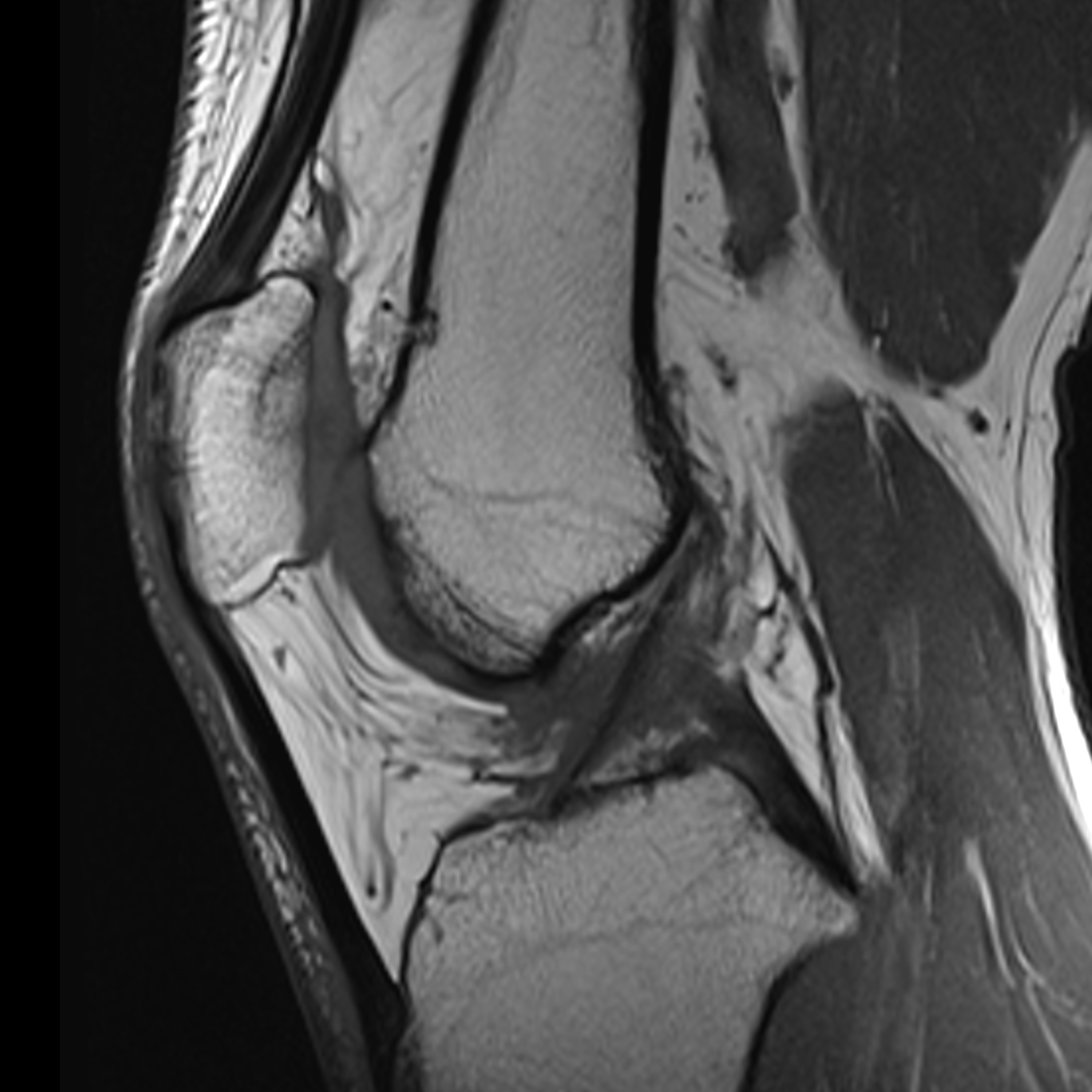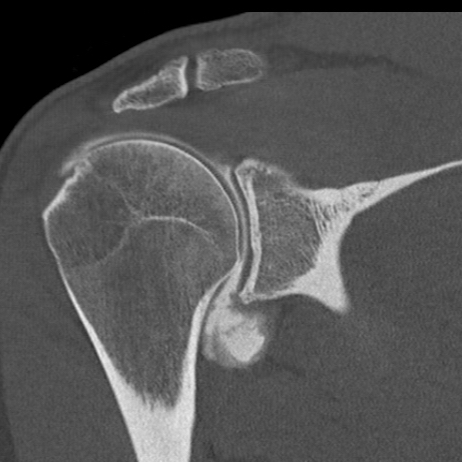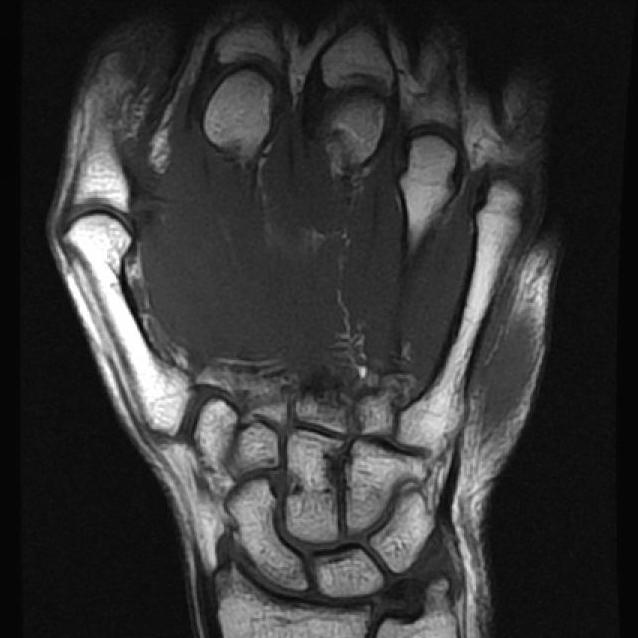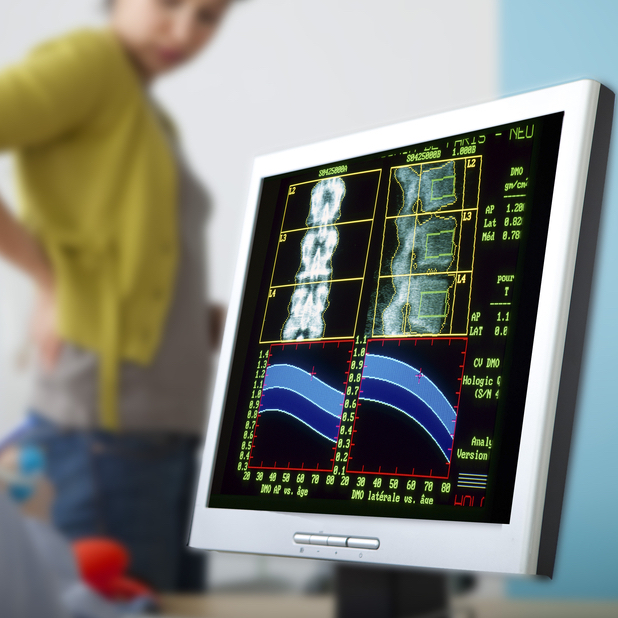Osteoarticular
Osteoarticular: IMPC pole of excellence

Osteoarticular pain: a pathology affecting a large number of people
A osteoarticular pain is a very common problem with multiple causes, but is usually due to injury or arthritis. In the elderly, joint pain that worsens regularly is usually a sign of osteoarthritis. It can affect a single joint or several.
L'knee joint is probably the most frequently damaged joint, and is particularly vulnerable because it carries the entire weight of the body.
The wrist is also a major target for osteoarticular trauma. The joints most frequently affected are knee, hip and hand joints. These are major components of the musculoskeletal system, and quickly become a handicap for sufferers.
The knee joint
Pathologies
The most common causes of pain knee are linked to aging, injury or repeated stress on the knee. The most common knee problems are sprains or ligament strains, cartilage tears, muscle sprains or tendonitis and arthritis.
Diagnosis
Diagnosis of a knee injury or problem involves a medical examination and, usually, the use of one or more diagnostic procedures such as a Knee MRI Scan in Parisa knee X-ray, or even a arthroscanner.
The wrist joint
Pathologies
These wrist pain are often caused by sprains or fractures resulting from sudden injury. But wrist pain can also result from long-term problems, such as repetitive stress, arthritis and carpal tunnel syndrome.
Wrist pain can vary depending on its cause. For example, the pain of osteoarthritis is often described as being similar to a dull toothache, while the carpal tunnel syndrome generally causes a sensation of pins and needles, especially at night.
Diagnosis
Since many factors can lead to wrist pain, it can be difficult to diagnose the exact cause, but an accurate diagnosis is essential for proper treatment and recovery. Our specialists in the pole osteoarticular accompanies you through examination practice on the joints such as a arthroscannera MRI or a radiography.
The lumbar region
Pathologies
Conditions commonly associated with lumbar are as follows:
- Muscle or ligament tension. Repeated heavy lifting or awkward, sudden movements can put strain on back muscles and spinal ligaments. If you're in poor physical condition, constant strain on your back can cause painful muscle spasms.
- Bulging or broken discs. Discs act like cushions between the bones (vertebrae) of your spine. The soft material inside a disc can bulge or rupture, putting pressure on a nerve. However, you can have a bulging or ruptured disc without experiencing back pain.
Diagnosis
In fact, pathologies linked to lumbar disorders are often discovered by chance during an X-ray of the spine, theLumbar MRI, arthroscanner or other imaging techniques used by our specialists in the osteoarticular.
What imaging tests are available for osteoarticular diseases?

ARTHRO MRI

ARTHRO SCANNER

HAND IMAGING

BACK IMAGING
Characteristics of osteoarticular disorders
These osteoarticular disorders affect around 10 % of the world's population and can be subdivided into the following forms inflammatory and degenerative. They are generally characterized by a chronic course which, if left untreated, can lead to irreversible damage to joint structures, resulting in severe disability and impairment.
What are the causes of osteoarticular disease?
These osteo-articular morbidities can be caused by sudden injury during sporting activities, or simply by an accident in everyday life. According to the latest studies by the World Health Organization (WHO), the major factors are contributing to the overall management of osteoarticular diseases and muscles are visit low back painfractures and osteoarthritis.
The two main families of osteoarticular alterations
Inflammatory forms
Rheumatic diseases are painful affections caused by a particular inflammationand swelling joint or muscle pain.
Degenerative forms
As a result of aging, injury, excess weight and lack of exercise, joints and related structures such as bones, ligaments and cartilage can be affected by a series of degenerative disorders that have a negative influence on activities of daily living. L'osteoarthritis (low back pain) is the osteoarticular disorder and is currently one of the world's leading causes of disability. In Europe, osteoarthritis causes moderate to severe disability in around 40 million people.
